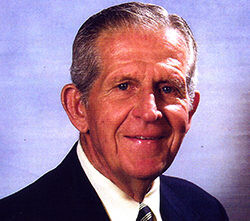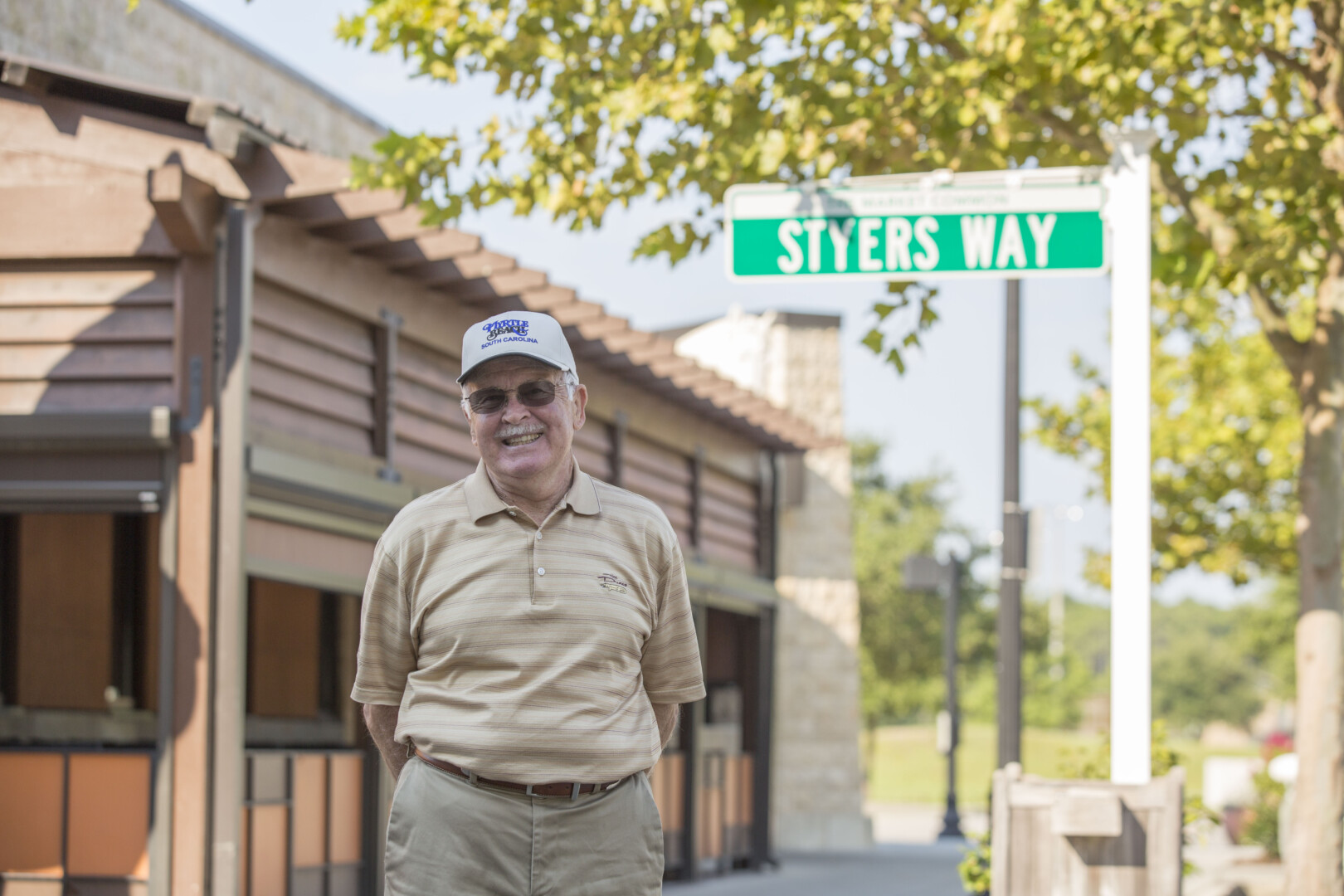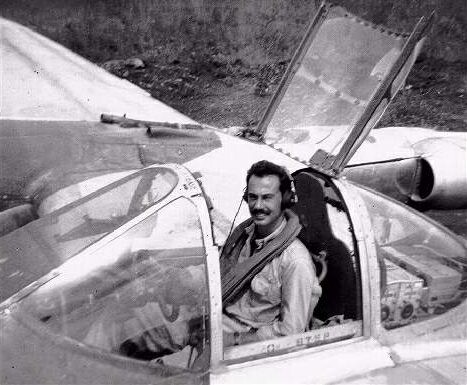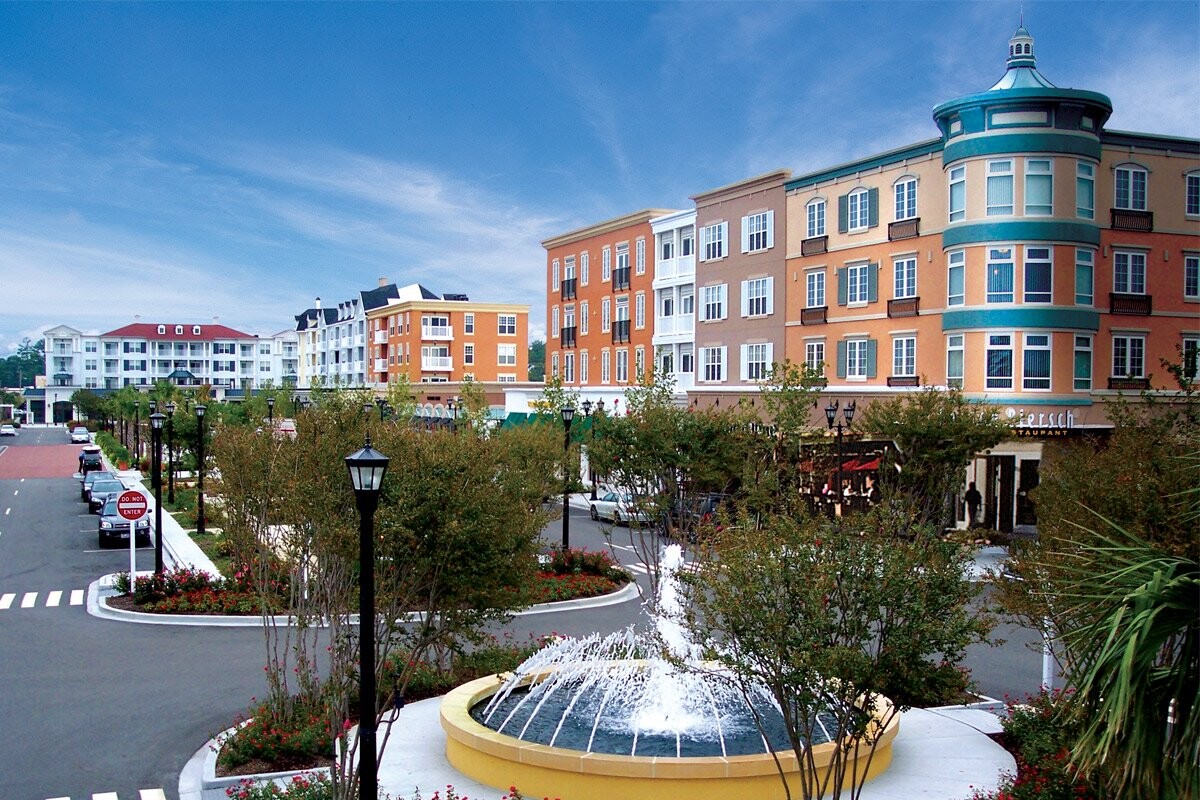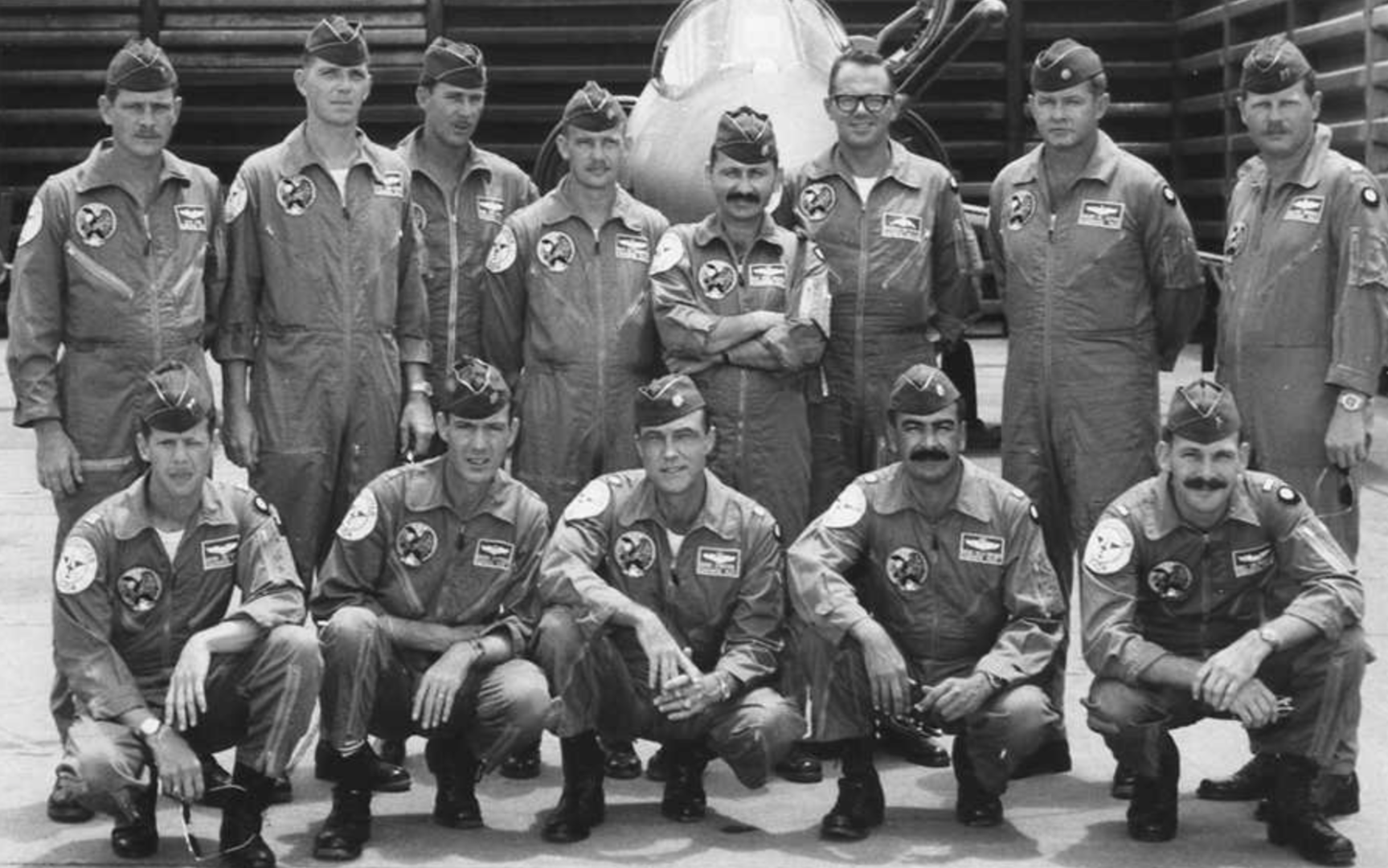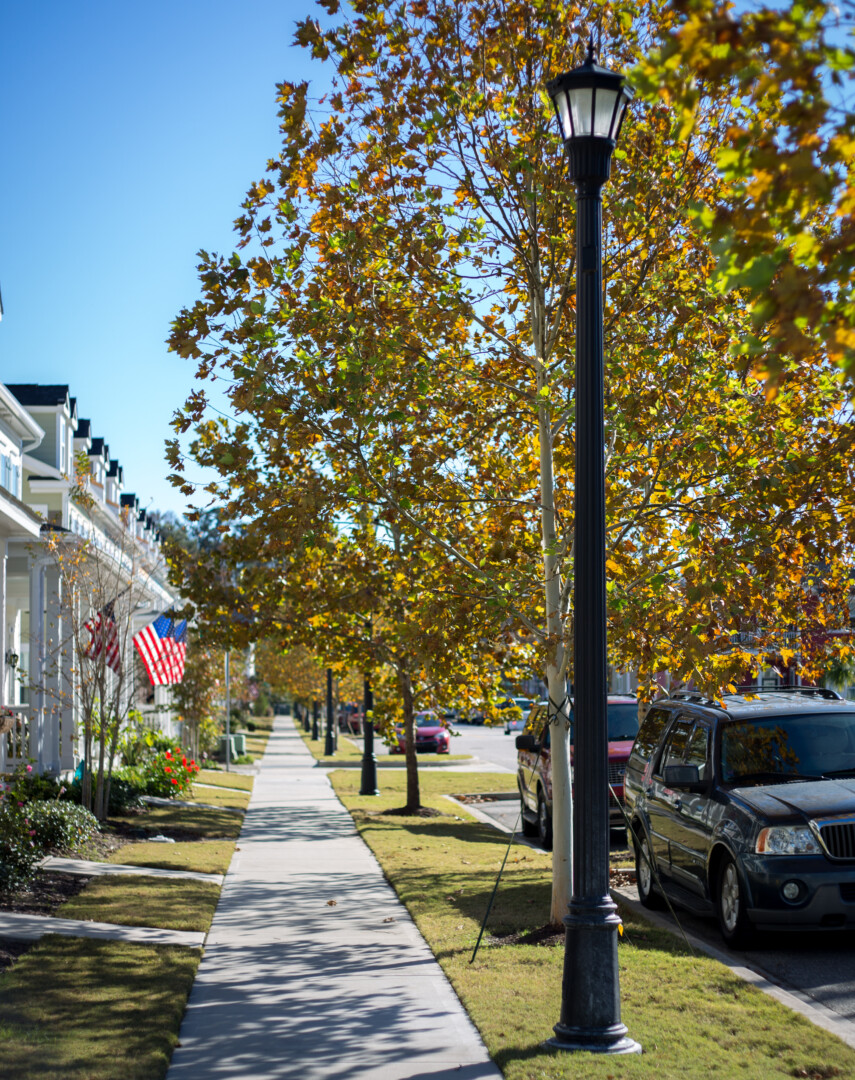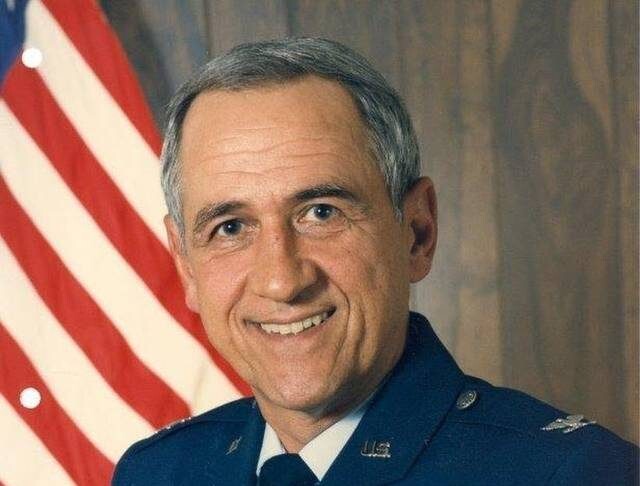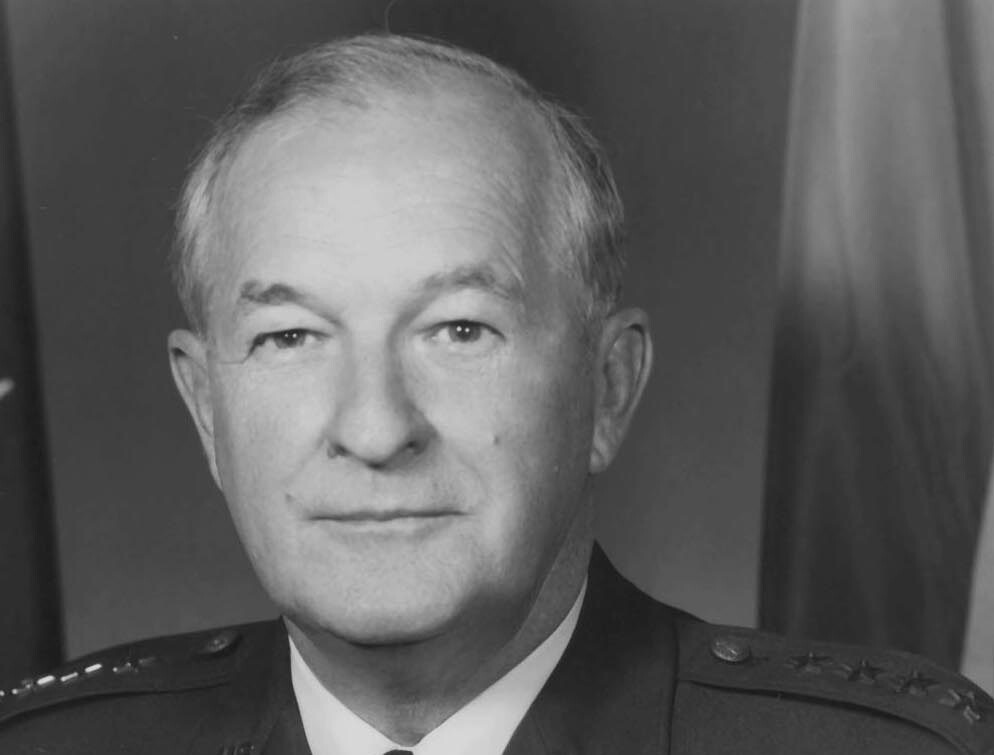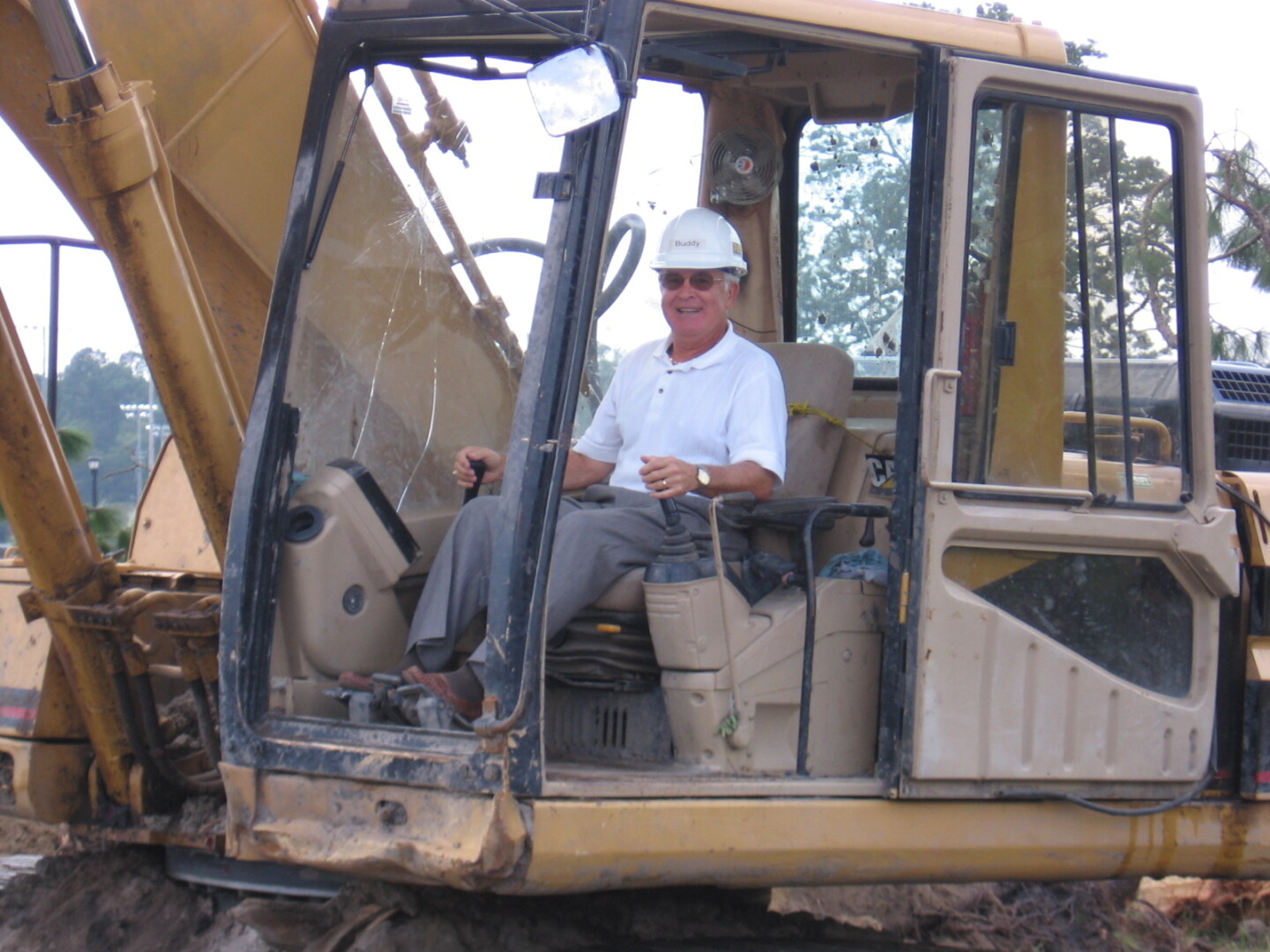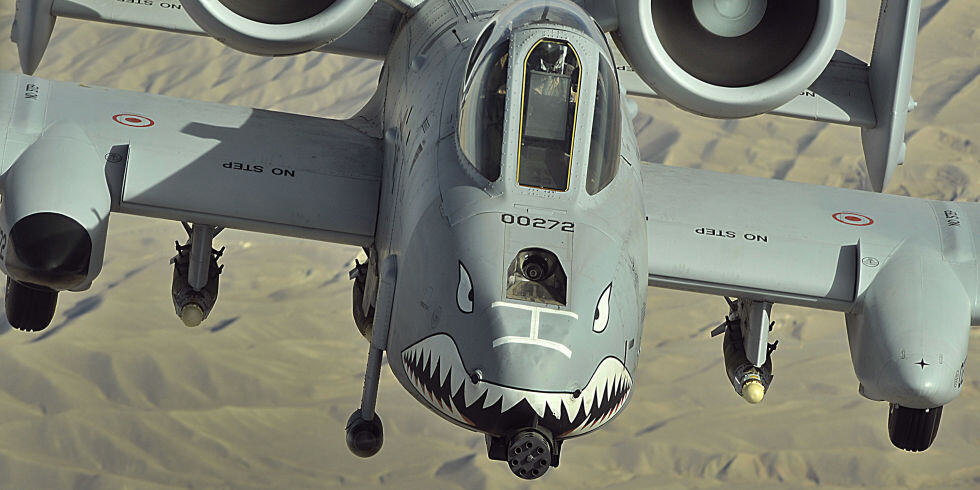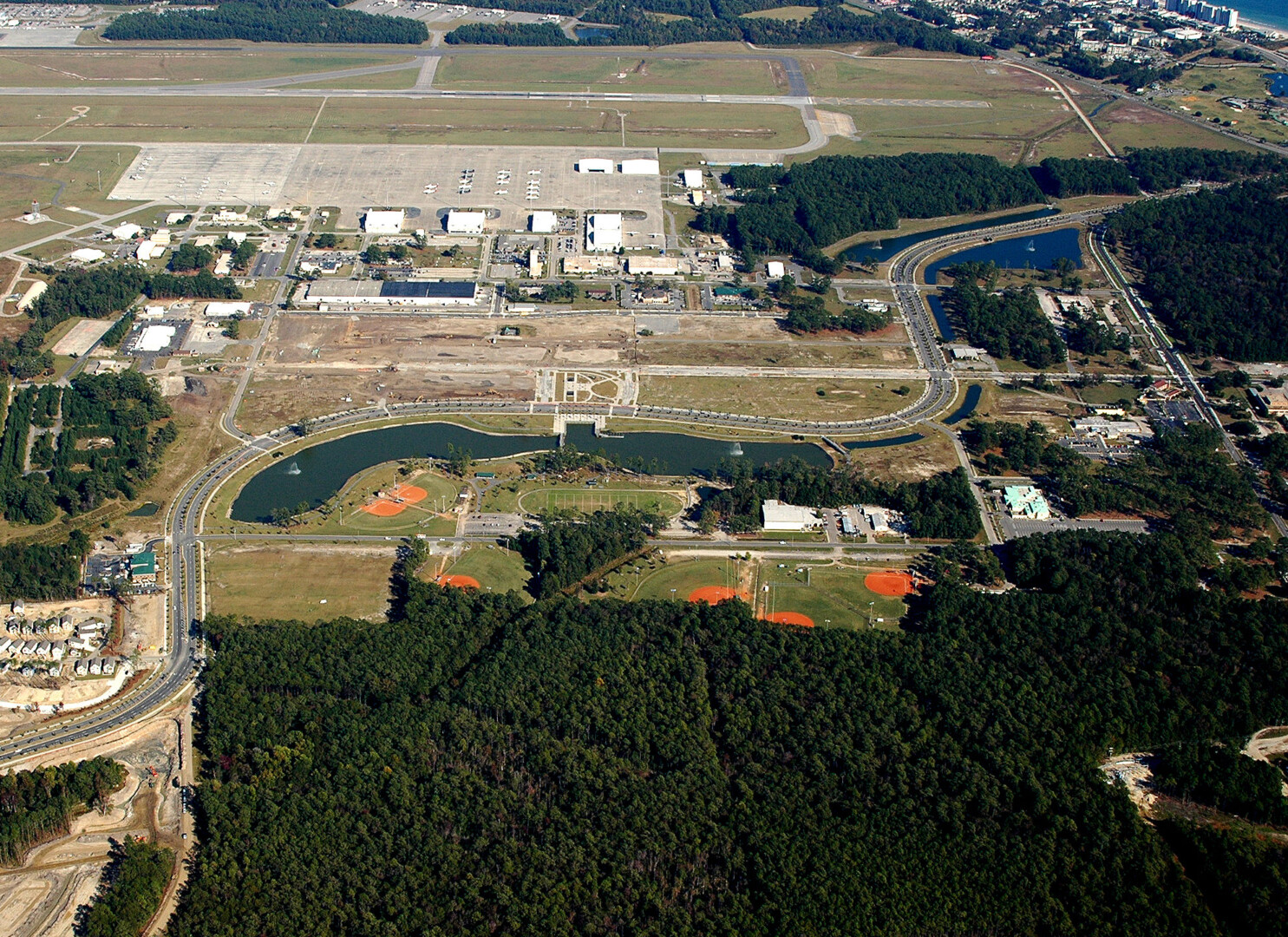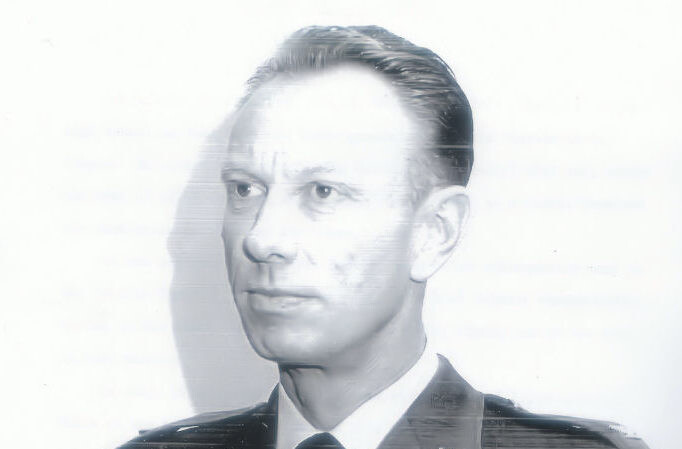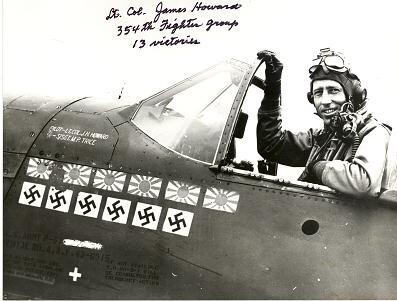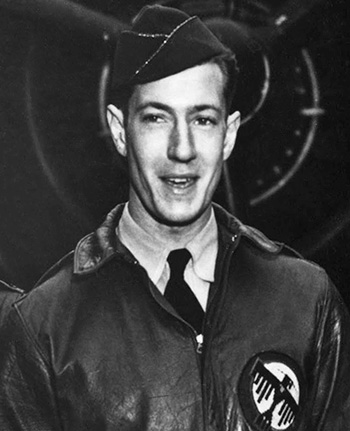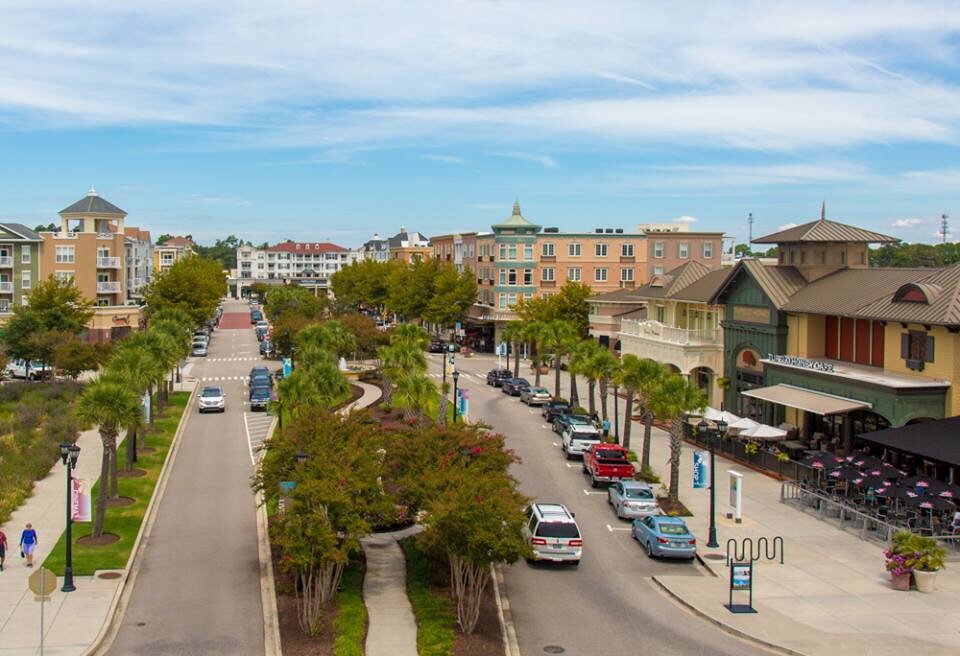General James Hackler
“Man of the Decade” & Commander of the 354th at Myrtle Beach by Melissa LaScaleia Hackler Street in the Market Common links Farrow Parkway to Johnson Avenue, and borders Valor Memorial Garden. It is named after General James Franklin Hackler, Jr. James Hackler was born in Marion, Virginia in 1920. As a child, he was passionate about golf and dreamed of being a professional pilot. He determined his best recourse to learn how to fly and have a long-term career as a pilot was to join the U.S. military. He graduated from New Hanover High School in Wilmington, NC in 1937, and spent a year at the University of North Carolina, Chapel Hill, NC, before attending West Point Academy. He graduated in 1943, and the same year, married his sweetheart, Josephine Love Bridger, also from North Carolina. James Hackler began his flying career in England in 1943. It was World War II, and he was a wingman in a P-47 fighter group. He completed a 100-mission tour and was promoted to major before volunteering for a second tour. By the end of the war, he completed 119 missions and received many awards including the Silver Star; Legion of Merit; Distinguished Flying Cross; Air medals; French Croix de Guerre; and Army and Air Force Commendation medals. His flying career continued as a squadron commander in P-51s and F-86s; as a group commander in F-86s and F-100s; and as commander of the 36th Wing in Germany, flying F-105s and F-4s. Hackler was promoted to brigadier general and assigned to headquarters as deputy director of operations for the United States Air Force, Europe. In September 1956, he returned to the United States and was assigned to the Myrtle Beach Air Force Base, as commander of the 354th Fighter Day Group. He delivered the first F-100 to the base in October 1956. The following year, he was appointed director of operations for the 354th Tactical Fighter Wing. In this position, Hackler was instrumental in developing a worldwide deployment capability as part of Tactical Air Command’s Composite Air Strike Force. James Hackler also served three assignments at the Pentagon: first in personnel, later in tactical aircraft and weapons requirements, then in research and development in the office of the Secretary of Defense. During his last tour, he served in the public information office of the Secretary of the Air Force, was promoted to major general, and assigned as director of Air Force personnel policy and planning. In 1968, Hackler’s business partner in Myrtle Beach, SC, died unexpectedly. Hackler retired from the military after 26 years of service, and moved to Myrtle Beach to manage his business investments. Over time, he became involved with four motel/hotel properties, seven golf courses, and three restaurants. In Myrtle Beach, Hackler also served on the board of directors of the South Carolina Chamber of Commerce; as national director of the Air Force Association; as vice president of the United Way; on the Congressional Medal of Honor society convention; as club president and district governor of Rotary International; chairman of the county district, Boy Scouts of America; lay reader in the Methodist Church; on the board of trustees for Spartanburg Methodist College, and for the Falcon Foundation, Air Force Academy; as well as the board of visitors for the School of Business Administration, Coastal Carolina University. In recognition of his contributions, Hackler was named South Carolina “Man of the Decade” by the Air Force Association and “Distinguished Citizen of the Year” in 1998 by the Pee Dee Area Council. He and his wife had two sons— both of whom served with the Air Force during the Vietnam War, and both of whom became businessmen in Myrtle Beach afterwards. James Hackler died on November 22, 2007, and is interred in Ocean Woods National Cemetery, Myrtle Beach, SC. To read more of our history features click here.

